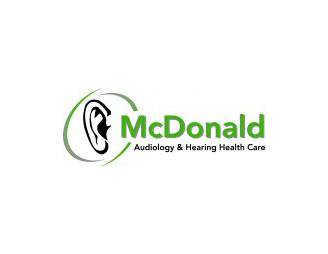It used to be that analog hearing aids took the cake when it came to personal sound amplification. But there were some shortcomings with that approach. Digital hearing devices of today feature remote controls where you can set your hearing aid at the exact setting you want for the optimum in comfort. From perks like background noise filtration and Bluetooth hook ups, digital hearing aids offer many benefits to the user. Let’s examine the long-running advancement of digital hearing aids. Here we explore just how the progression has occurred and what’s on the horizon. Wireless technology and microelectronics, which have given the hearing impaired community a new way to hear crisper and clearer, have paved the way for digital use. Around for just about 15 years, digital hearing aids can be programmed according to user preferences, such as in the case of volume control.
Single Sided Deafness
Background noise is a big thing for those with single sided deafness. Factors like CROS devices and bone conduction devices allow the good ear to receive signals from the bad ear to boost amplification. People who had single-sided deafness prior to big advancements in digital technology were frustrated with background noise and were relegated to using their “good ear” to hear conversation.
Self-Learning
Self-learning technology, great for hearing aids so that the user doesn’t have to adjust the settings each time, is inherent in this self-regulating approach. As a result, so-called smart hearing aids can adjust settings like volume automatically after a period of time to give control back to the user.
The First Digital Hearing Aids
Characterized by DSP, which stands for digital signal processing, users could benefit from faster processing speeds. This brought about increased hearing capacity and range of amplification. The hearing impaired community first saw the emergence of digital hearing aids in 1996.
DNR
Digital noise reduction technology, moving beyond that of directional microphones, draws its basis from physical characteristics of noise and speech rather than the separation of space, particularly in regards to speech modulation.
Improved Connections
Increased range of frequency is just one benefit of digital hearing aids, plus you also get digital noise reduction, higher frequency transposition, connections to Bluetooth and other wireless technological services.
The Outlook
Showing a lot of promise is the digital hearing aid, surely expected to expand beyond the 90 percent of hearing aids today that are digital. With their benefits being increased flexibility, technological compatibility and versatility, you can expect these to be the wave of the future.

